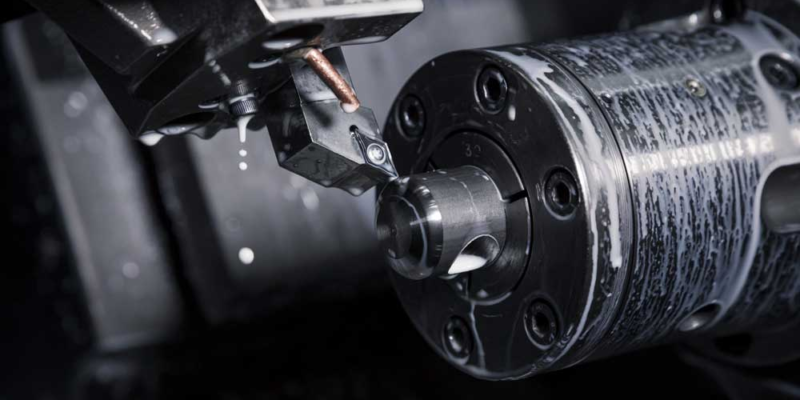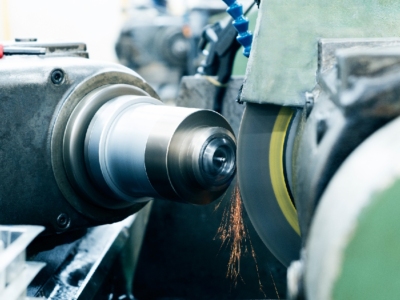Whether you are a new mechanical college student, or a new worker setting up your own machining shop, you’d want to do it right. Getting the basics right, be it technique or equipment, is half the job done at the start.
Knowing your equipment: when to use a lathe and when a mill is essential. Your dexterity and skill while using those machines are equally, if not more important. However, over time, some assistive tools have become as ubiquitous and fundamental as standard equipment and should be given equal importance.
Perfection is necessary for machining, especially if you plan to sell your products. Equipment attachments like rotary tables, dividing heads, etc., can help you achieve that perfection.
This article will take you through some of the basics of machining better.
Planning
Before starting your product, it is crucial to visualize the final picture. This is why you need to plan. It is wise to sketch out different components of your product that will work together as a machine. Jot down the details of the shapes and the proper measurements.
Planning also helps you determine the tools you need to build your item. You might have to buy it if something is missing. Once you have everything, keep them in your work area so they are handy.
Skill
You might not be a trained craftsman, but it doesn’t mean you can build stuff. All you need is perseverance, passion, and hard work. Craftsmanship is art; it requires a passion for creating something. If you have a creative itch, start with small efforts. The product you build might not be perfect on the first try, but that doesn’t mean it never will be. Keep trying, and you’ll see improvement every day.
It might all seem too intimidating initially, but with time you’ll get a hold of it. Reach out to friends or colleagues who are experienced, and they might leave you with some tips. Last but not least, you can always self-teach by watching youtube videos.
Precision
The products you make need to be machined with utmost care. If each part is built precisely, they will come together to create a better and more robust product. Products with imprecisely built parts would have spaces and leaks and may not even function properly. You can use tools like dividing heads for proper angles and rotary tables for proper spacing while machining. People usually think maintaining your machines is enough, but it also depends on the material quality, planning, and adequate execution steps to create perfection.
Scaling Production
If you’re setting up a business or planning to expand one, it will be necessary to expand your operations too. Expanding manufacturing operations is not as simple as software serving some new customers.
The kind of breakdown you do in planning will change to create a faster assembly line setup. In some cases, you also might want to invest in different or new equipment. This will raise the cost of your operations momentarily, but it will be much more cost-effective in the long run.
Many successful people talk about the relevance of going back to or sticking to basics for success. As valid for sports, designing, or anything else, it is as accurate in machining and manufacturing.
Looking to pick up these basics will help you grow as a college student. And remembering and implementing these basics will help you be successful in your business.



Comments